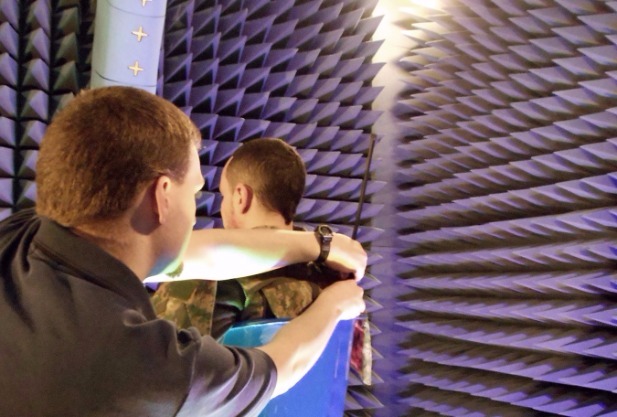Living Legends: James West and Jesse Russell
February 2024Every February, JEM Engineering honors the the African American Engineers who have made lasting contributions in STEM. This year, we’re excited to spotlight two living legends: James Edward West and Jesse Eugene Russell.
Born on February 10, 1931, James Edward West is a distinguished American inventor and electrical engineer. His innovative work has had a profound impact on audio technology and communication systems.
West earned his Bachelor of Science degree in Physics from Temple University and later obtained a Master of Science degree in Physics from the same institution.
In the 1960s, while working at Bell Laboratories, West, along with his colleague Gerhard Sessler, developed the electret microphone.

The invention of the electret microphone became a cornerstone in the field of audio engineering, providing a more compact and reliable microphone technology. Over the course of his career, James West has received numerous awards and honors for his achievements.
To this day, West remains a strong advocate for diversity in science and engineering and has been actively involved in mentoring aspiring scientists. West’s contributions have left an indelible mark on the world of technology, making him a respected figure in the realms of acoustics and electrical engineering.

Born on April 26, 1948, Jesse Eugene Russell is an accomplished American inventor and electrical engineer. He is renowned for his groundbreaking contributions to the field of wireless communication.
Russell earned his Bachelor of Science degree in Electrical Engineering from Tennessee State University and later received a Master of Science degree in Electrical Engineering from Stanford University.
In the 1980s, Jesse Russell played a pivotal role in the development of digital cellular communication technology.
If not for James Edward West and Jesse Eugene Russell, we wouldn’t have the microphones and cellphones we have today!

Latest Posts

Qualification Capabilities – Are Your Antennas Up to the Test?
Like with most products, an antenna’s outstanding performance in the field must be preceded by outstanding performance in the lab.
